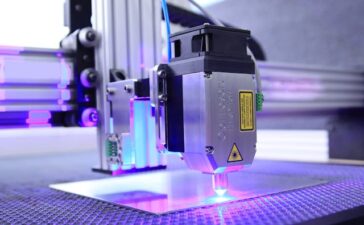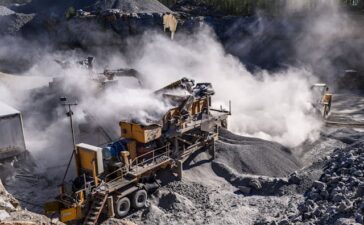Nowadays, jobs in areas like industry, construction, manufacturing, and warehousing change quickly, and safety at work is more vital than ever. Even though many things help keep workers safe, choosing the right shoes is a factor many forget, yet it matters a lot. Australia has strong workplace safety rules, set by groups like Safe Work Australia, and bosses must make sure workers have the correct shoes, it’s the law and a smart way to cut down on injuries and make work smoother.
Protecting workers’ feet is a main reason people need special shoes at work. On busy job sites, dangers are everywhere; heavy machines, slippery floors, objects that may fall, and things like chemicals or very hot or cold weather are all risky. Injuries to feet happen often in workplaces, and they can be as small as cuts or bruises, or as serious as broken bones, deep wounds, or even losing toes. To stop these problems, lots of companies in Australia now want people to wear composite toe safety shoes, which do not use metal and are lighter than the old-style steel boots, but still keep feet safe. Composite toe shoes are perfect where workers go through metal detectors or in places with hot or cold extremes, since metal could be a problem.

Reducing Injury and Ensuring Compliance
Good shoes are important if you want to stop injuries before they happen. Australian laws say bosses must keep workplaces safe, and that means picking or making workers use the right shoes for the job. Shoes that don’t slip are super useful for stopping falls when floors are oily or wet, and tough shoe material keeps toes and feet safe from sharp things or stuff that could drop. It’s also important that work shoes give enough support to the feet and ankles so workers don’t end up with sprains, muscle pulls, or back issues later in life. If you ignore the rules about safety shoes, legal trouble, insurance headaches, and extra injury claims can follow fast. Because of that, making sure everyone has proper, certified safety footwear means bosses and teams stay on the right side of the law, with less chance someone gets hurt at work.
Enhancing Comfort to Boost Productivity
Besides protecting feet, comfy shoes are really important for people at work. In many jobs across Australia, people stand up or walk on hard floors nearly all day. Bad shoes mean tired legs, sore feet, or things like plantar fasciitis, which is a painful foot problem. Shoes that support the body well help keep your back straight, lower stress on knees and ankles, and keep workers from feeling too tired. When people don’t hurt, they focus better, finish work quicker, and don’t need so many breaks just to rest their feet. All this means work gets done on time, and everyone is happier. Companies that choose shoes made for comfort and safety usually get a boost in morale and see fewer people calling in sick, which helps everyone work better together.
Catering to Specific Industry Needs
Every job is different, so picking the right shoes means knowing what each type of work needs. In Australian mining and building, shoes strong enough to handle nails and give ankle support are often a must. In kitchens or hospitals where keeping clean and not slipping is top priority, workers need shoes that are easy to wash and stop germs from growing. Farmers want shoes that don’t let water in but still help feet breathe, since they work around mud and wet ground; electricians look for shoes that protect against electric shocks. If you match the shoes to each job’s special risks, workers stay both safer and more comfortable. More and more Australian workplaces now look at each role’s needs to make sure shoes meet safety rules and keep people happy.
Long-Term Benefits for Employers and Employees
Spending money on good work shoes might look small, but it makes a big difference over time. Companies see fewer accidents, pay less for insurance, and lose less time due to injury. Workers feel safer and cared for, which makes them like their job more and want to stay. With competition for jobs high in trades and heavy-labour fields in Australia, offering high-quality work shoes can actually make a company more popular with skilled workers. Checking for new risks and updating shoe choices regularly helps keep up with what workers need and what the law says. Listening to feedback from workers before picking shoe brands also helps make sure everyone feels safe and comfortable.

The Role of Education and Awareness
Teaching people why the right shoes matter is key if you want rules followed and a strong safety culture at work. Sometimes, injuries happen not because safety shoes aren’t there but because people don’t wear them or pick styles that don’t protect them enough. Training sessions, clear signs in risky areas, and encouragement from bosses make sure nobody forgets that safe footwear isn’t optional. In Australia, government campaigns and help from Safe Work Australia give tips for picking, using, and looking after work shoes. Teaching both new people and workers with years of experience helps build habits that keep everyone safe and working well together.




